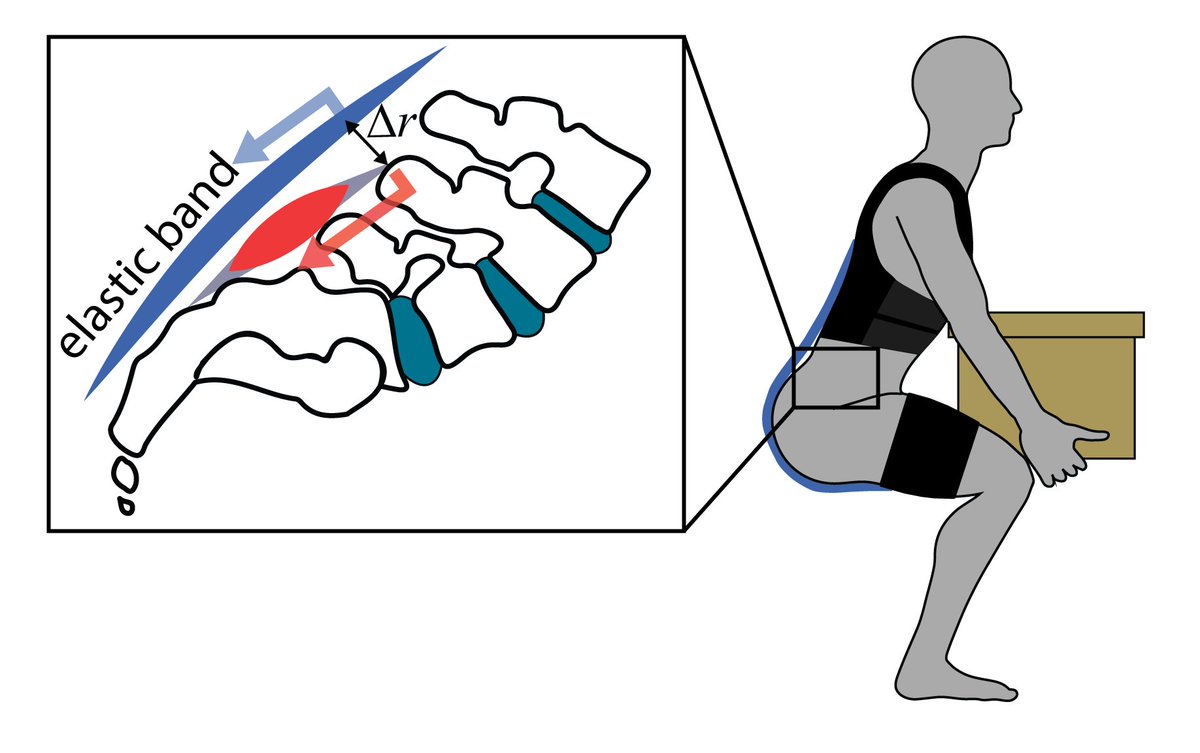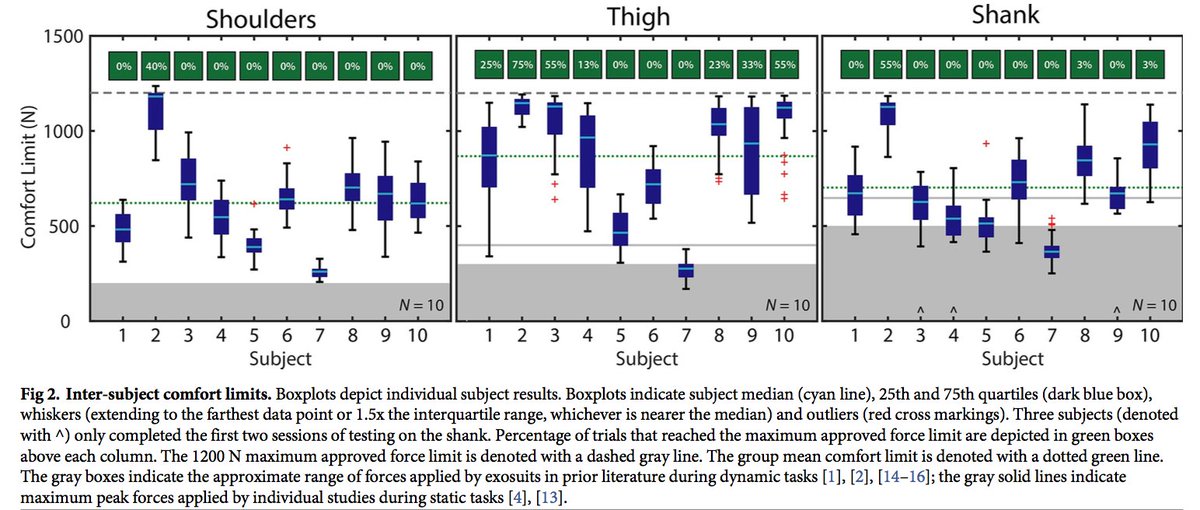
Want to improve your scientific presentations?
Every great seminar and conference speaker I've seen in my 15 years as an academic researcher did these 10 things. These can 10x your research visibility and impact. And this will unleash new opportunities. 🔥🚀
Let's dive in:
Every great seminar and conference speaker I've seen in my 15 years as an academic researcher did these 10 things. These can 10x your research visibility and impact. And this will unleash new opportunities. 🔥🚀
Let's dive in:
1. Start with something engaging
• Funny story
• Personal anecdote
• Interesting statistic (that the audience doesn't know)
The first thing you say determines whether the audience will be leaning in to listen or picking up their phone to check email. Act accordingly #SciComm
• Funny story
• Personal anecdote
• Interesting statistic (that the audience doesn't know)
The first thing you say determines whether the audience will be leaning in to listen or picking up their phone to check email. Act accordingly #SciComm
2. Explain the significance
• What's the broader impact on your field?
• What's the future impact on society?
• Why should anyone care?
It doesn't matter if you're presenting to experts in your field or a broad audience. Succinctly and clearly explain why your work matters.
• What's the broader impact on your field?
• What's the future impact on society?
• Why should anyone care?
It doesn't matter if you're presenting to experts in your field or a broad audience. Succinctly and clearly explain why your work matters.
3. Make it easy to understand
• Don't blind the audience with science
• Use simple visuals
• Minimize jargon
• Define jargon if needed
The most knowledgeable scientists/engineers explain concepts in the simplest terms. They aren't out to impress you. They prefer clarity.
• Don't blind the audience with science
• Use simple visuals
• Minimize jargon
• Define jargon if needed
The most knowledgeable scientists/engineers explain concepts in the simplest terms. They aren't out to impress you. They prefer clarity.
4. Make it about the audience
• What interests the audience?
• What do they get from listening?
• What info do you have that would be of value to them?
Often talks just summarize what a speaker did. They assume the audience will be interested. Good speakers flip this script.
• What interests the audience?
• What do they get from listening?
• What info do you have that would be of value to them?
Often talks just summarize what a speaker did. They assume the audience will be interested. Good speakers flip this script.
5. Be authentic
• If you're funny, be funny
• If you're heartfelt, be heartfelt
• If you're quirky, be quirky
I encourage my trainees to find their own voice and presentation style. There's no single correct style. Authenticity shines through and resonates with audiences.
• If you're funny, be funny
• If you're heartfelt, be heartfelt
• If you're quirky, be quirky
I encourage my trainees to find their own voice and presentation style. There's no single correct style. Authenticity shines through and resonates with audiences.
6. Don't oversell
• Be candid and precise
• Mention limitations of your work
• Be generous in acknowledging the work of others
The best researchers communicate significance without hype or over-generalizing. Otherwise, you lose trust and credibility with your peers. #PhDLife
• Be candid and precise
• Mention limitations of your work
• Be generous in acknowledging the work of others
The best researchers communicate significance without hype or over-generalizing. Otherwise, you lose trust and credibility with your peers. #PhDLife
7. Don't put down others
• Don't denigrate prior research/tech to motivate yours
• Discuss benefits and limitations of prior work
• Then explain what your work adds
This is a common mistake amongst early career researchers and insecure senior scientists. But it's unnecessary
• Don't denigrate prior research/tech to motivate yours
• Discuss benefits and limitations of prior work
• Then explain what your work adds
This is a common mistake amongst early career researchers and insecure senior scientists. But it's unnecessary
8. Anticipate questions
• Preempt expected questions or objections
• Add more or less clarity based on what the audience needs
If you know your audience, you can anticipate what they'll be thinking and how they'll be feeling during your presentation. Then craft your message.
• Preempt expected questions or objections
• Add more or less clarity based on what the audience needs
If you know your audience, you can anticipate what they'll be thinking and how they'll be feeling during your presentation. Then craft your message.
9. Provide a glimpse of the future
• What comes next?
• Will there be a follow-on study?
• When might the science or tech be ready to translate into societal applications?
If you've given a good talk, the audience will want to know about the future. Don't leave them hanging.
• What comes next?
• Will there be a follow-on study?
• When might the science or tech be ready to translate into societal applications?
If you've given a good talk, the audience will want to know about the future. Don't leave them hanging.
10. End with your takeaways
• What do you want the audience to remember or do?
• Tell them! Be explicit.
I advise 3 takeaways max. An audience won't remember more. But if your takeaways are a resource, like this list, then longer is ok. Just enumerate and summarize at the end
• What do you want the audience to remember or do?
• Tell them! Be explicit.
I advise 3 takeaways max. An audience won't remember more. But if your takeaways are a resource, like this list, then longer is ok. Just enumerate and summarize at the end
TL/DR
1. Start with something engaging
2. Explain the significance
3. Make it easy to understand
4. Make it about the audience
5. Be authentic
6. Don't oversell
7. Don't put down others
8. Anticipate questions
9. Provide a glimpse of the future
10. End with your takeaways
1. Start with something engaging
2. Explain the significance
3. Make it easy to understand
4. Make it about the audience
5. Be authentic
6. Don't oversell
7. Don't put down others
8. Anticipate questions
9. Provide a glimpse of the future
10. End with your takeaways
Liked this 🧵? Please retweet the first post.
And follow me if you're interested in:
• #SciComm
• #biomechanics
• wearable tech: #exoskeletons, #bionics, #prosthetics
• university tech transfer & commercialization
• reducing disabilities in society
And follow me if you're interested in:
• #SciComm
• #biomechanics
• wearable tech: #exoskeletons, #bionics, #prosthetics
• university tech transfer & commercialization
• reducing disabilities in society
https://twitter.com/KarlZelik/status/1564265737274933249
It has been brought to my attention that the shorthand "reducing disabilities in society" isn't the best way to summarize this goal.
Any suggestions on better ways to summarize this? Ideally with a similar number of characters for social media usage.
Any suggestions on better ways to summarize this? Ideally with a similar number of characters for social media usage.
• • •
Missing some Tweet in this thread? You can try to
force a refresh









